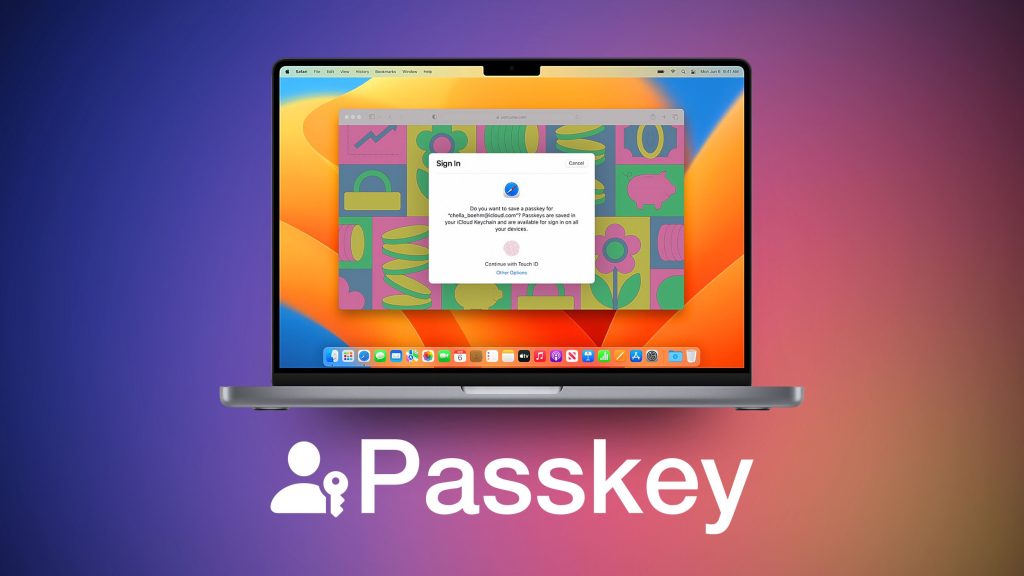Apple is apparently adding support for Passkeys, a new and more secure authentication method, with the release of iOS 16 just around the corner. These are referred to as being more secure than conventional passwords and streamlining the process in general.

Users of iOS 16 must enable two-factor authentication (2FA) in order to use the Passkeys feature. More than 95% of all current iCloud customers have two-factor authentication turned on, according to a study by 9to5Mac.
Passkey, commonly known as FIDO authentication, is a secure authentication system that does not require the user to type or remember a password. It was created jointly by Microsoft, Apple, and Google. It basically substitutes your current password with a special digital key connected to your account. The key is end-to-end encrypted and kept on the actual device. Public key cryptography is used in the technology to boost security.
Apple claims that Passkeys are unique to the website you made them for and never leave the device. Furthermore, it asserts that these cannot be phished, which is a problem with passwords. The iCloud Keychain will sync them.
At the WWDC in June of this year, Apple declared that Passkeys would be a part of iOS 16. It works by removing the need for users to log in to every website and app before allowing password login, in contrast to the FIDO Standard, which requires users to do so.
The company plans to provide support for Passkeys for Touch ID and Face ID. End-to-end encryption will be supported for all Passkeys-encrypted passwords stored on iCloud.
Passkeys can also be used on non-Apple devices from third parties because they adhere to the FIDO Standard. You may read the QR code created by third-party gadgets with your iOS device and scan it to log in. Face ID or Touch ID will confirm that you are the one signing in, and the other device will then prompt you with a permission request that you can accept or decline.
It’s important to keep in mind that not all apps will support them straight away after iOS 16 is released because developers will need to add support and update their apps. However, since the majority of users already employ two-factor authentication, iOS users may be able to make the switch to a password-less future more quickly.

